Now a household name in the realm of children’s literature, Oliver Jeffers has left an indelible mark on bookshelves worldwide with his beautifully illustrated picture books. From timeless favourites like The Incredible Book Eating Boy to the enchanting How to Catch a Star, the Belfast native’s career trajectory has been as dazzling as the stories he weaves. Both an author and illustrator, Jeffers consistently pushes the boundaries of creativity, captivating readers with his imaginative yet accessible storytelling and striking freehand visuals.
We sit down with Jeffers for a chat, delving into some of his most significant works and gaining insight into the creative mind behind them, as well as stealing a glimpse into his highly anticipated upcoming picture book, Begin Again.
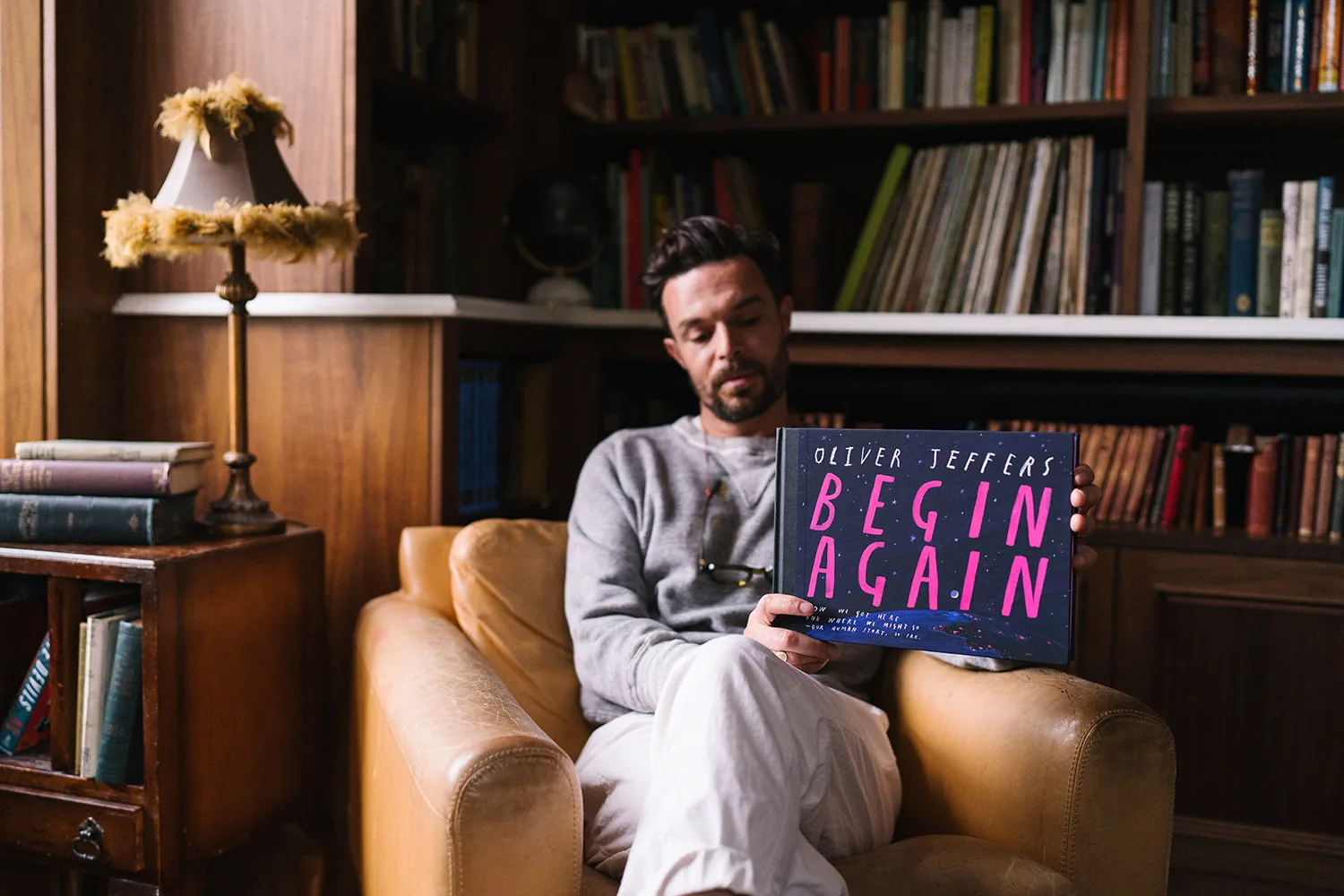
[Photo credit: Yasmina Cowan]
AMEX Essentials: Why children’s books?
Oliver Jeffers: I’ve never really thought of myself as a writer, although I end up doing a lot of writing for a lot of what I do. The children’s book stance kind of happened by accident. I write picture books, not specifically for children, and the easiest place where they are put is in the hands of children. A lot of the time, the picture books I make are really for anyone, for everyone. Some are much more obviously children’s books, like How to Catch a Star or Stuck, but some of the other ones definitely deal with much more complex issues. Especially more recently, I’m writing books in a very simplified way, visually led rather than led by word – that’s just a forte that I kinda lean into, I think.
What do you believe makes children’s literature different from regular (or adult-oriented) literature? Do you believe there is a difference?
I don’t. The idea of children’s books as we know it is a relatively new phenomenon. If you look back at the earliest books for children, they’re not much older than about 100 years. People have recognised that there is a need for entertainment for very young people, but there’s also a need for simplistic and accessible ways in which to start considering the emotions, the morals and the values that we as a society place on things. I think it’s just a more simplified way of doing that. If you look at novels ‘for young adults’, many have gone on to be massive successes as just novels. The only reason – we probably need to look up the actual criteria for this— that they’re actually considered novels for young adults is that they’re slightly simpler in structure, length and readability. It’s not really that much. Human beings enjoy good stories.
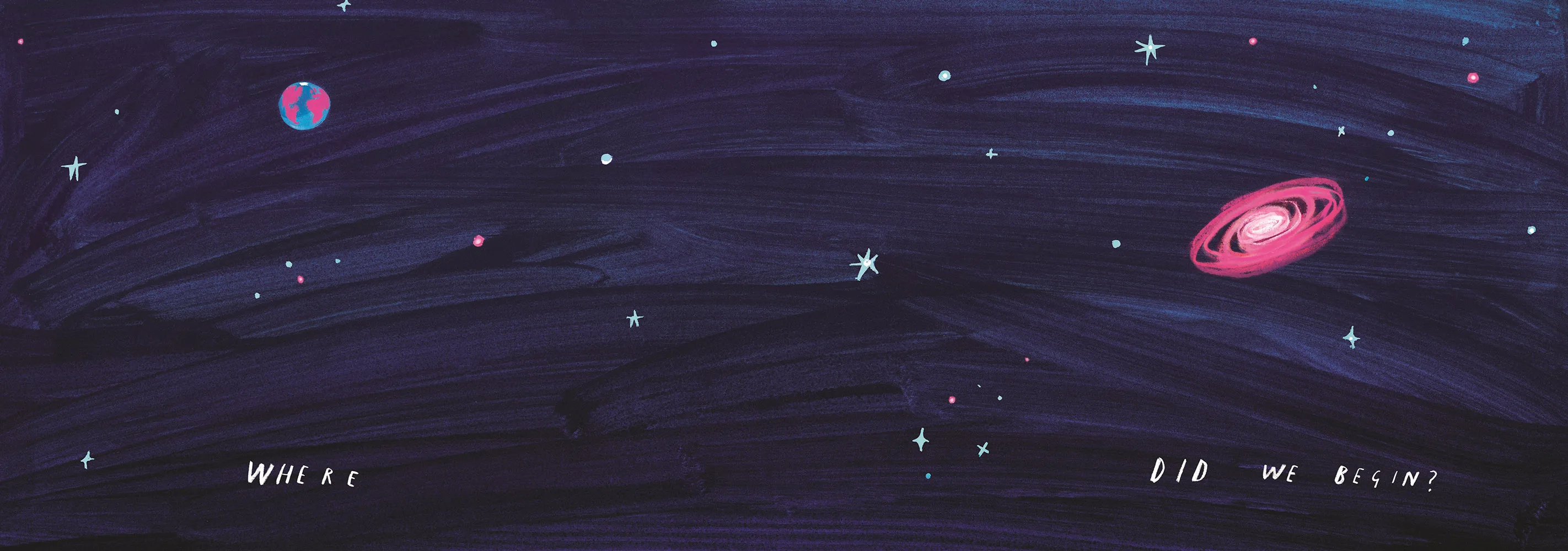
Is there a children’s book that you feel marked the trajectory of your life?
Growing up, one of those was Tusk Tusk by David McKee, which is a book about different types of elephants fighting each other. At the time I loved it just because I know what it’s like to fight with my brothers, and this is beautiful art. Looking back, it was a pretty on-the-point book about racism and bigotry that must have had an effect on me in some shape or form.
There are other books that have had a real impact on me, like The Grouchy Ladybug, where I learned some art techniques – why the ladybird seems so small compared to the whale, that sense of comparative skill, that’s a technique I use in my work.
In terms of books that had a profound effect on me wanting to make books, yeah, there’s a few that made me realise you could be very simplistic and make beautiful art and tell stories all at the same time. There’s a few others which are escaping me… Pumpkin Soup by Helen Cooper, just the beauty of it as an object, it felt relevant.
The concept of imagination is central to many of your stories. As someone who consistently puts out amazing books, how do you nurture your own?
Curiosity. My daddy was a teacher, he’s retired now, but he always taught us that the surest sign of intelligence in a person is curiosity. If you’re willing to just try and see what happens, wonder is one of the greatest things that you’ll have as a complete member of the human species walking around. It’s the notion of a shared imagination, that we as a species can think about things that haven’t yet happened and almost bend our paths towards them, towards what we hope will happen. Thinking about your future, thinking about your place in this world and just being curious about all of it is the single best way to nurture curiosity.
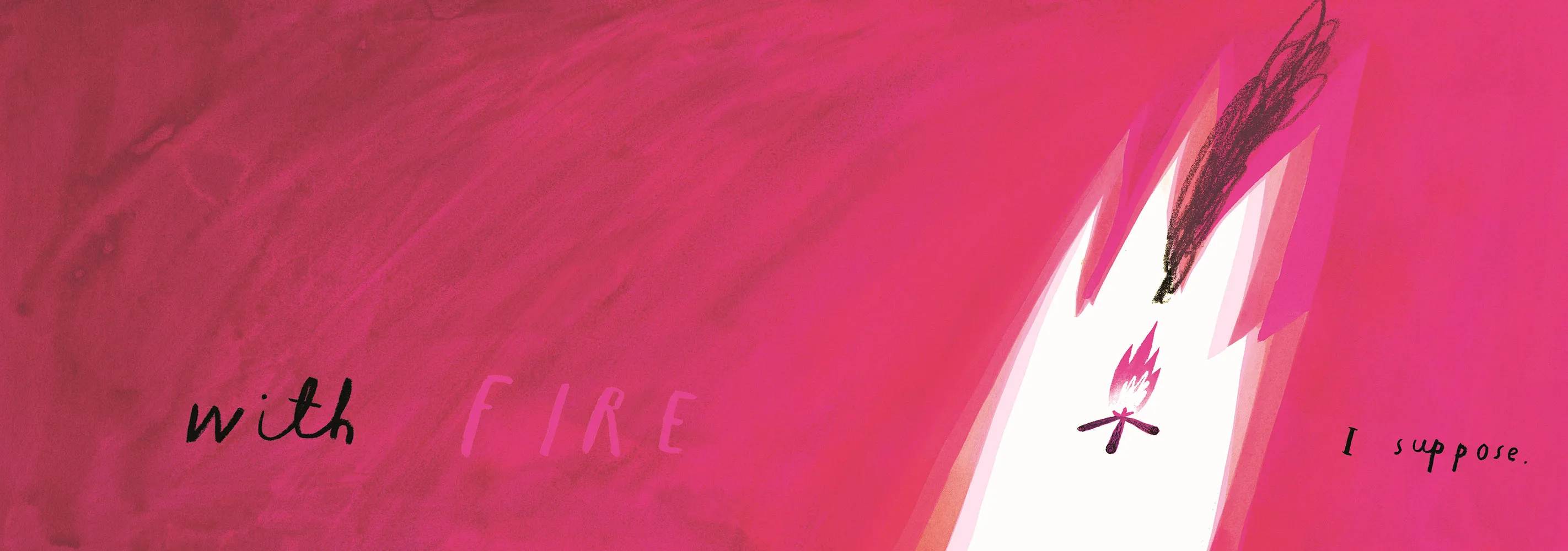
Your illustration style is easily recognisable – similar to the effect Quentin Blake’s drawings have had on Roald Dahl’s body of work. Can you point to any direct influences for your art?
Definitely. Quentin Blake, I was a big fan of his when I was growing up, but also Ronald Searle and Jean-Jacques Sempé – the people of that sort of scratchy, free line-making. People like Basquiat with that expressive immediacy. It’s got to look and feel right. ‘Till it does that, it’s not a complete piece of work.
Those are some of the more obvious influences that I had when I was beginning. Now it just comes from anywhere and everywhere, laying one sheet of paper on top of the other and thinking “that’s a cool colour combination”, or the way somebody speaks when you’re at a café, or something the kids might do. I think that’s it, just being open to all the inputs coming in. I think the idea of inspiration is that your eyes are open, your brain is a sponge. You take pieces of information from left and right, and when it comes out again, you’re not entirely sure where any little thing comes from – it just feels like it should be there.
Your book Here We Are is a guide to the world for your son, Harland. During the process of writing it, did your own personal worldview change?
It’s kind of a funny question, because the answer is yes and no – as in, I made that book because I realised my worldview was changing. But then also, in the act of thinking about it, that helped further the change of my worldview. That book didn’t start off intending to be a book, it was a letter I was writing to my son about the basic simplicities of the beauty of life on Earth, even though everything around me felt kind of low. I was like, “Actually, we haven’t thought about these things. I haven’t thought about these things, let’s both remember.”
In thinking of bringing things back to their most basic, simple form, and recognising that the real potent part is the similarity of what all people want, and what we actually have – I think that is what has helped fuel the direction of my work for some time. So both: the book came about because my worldview changed, and the worldview changed once I really, really started thinking about it.
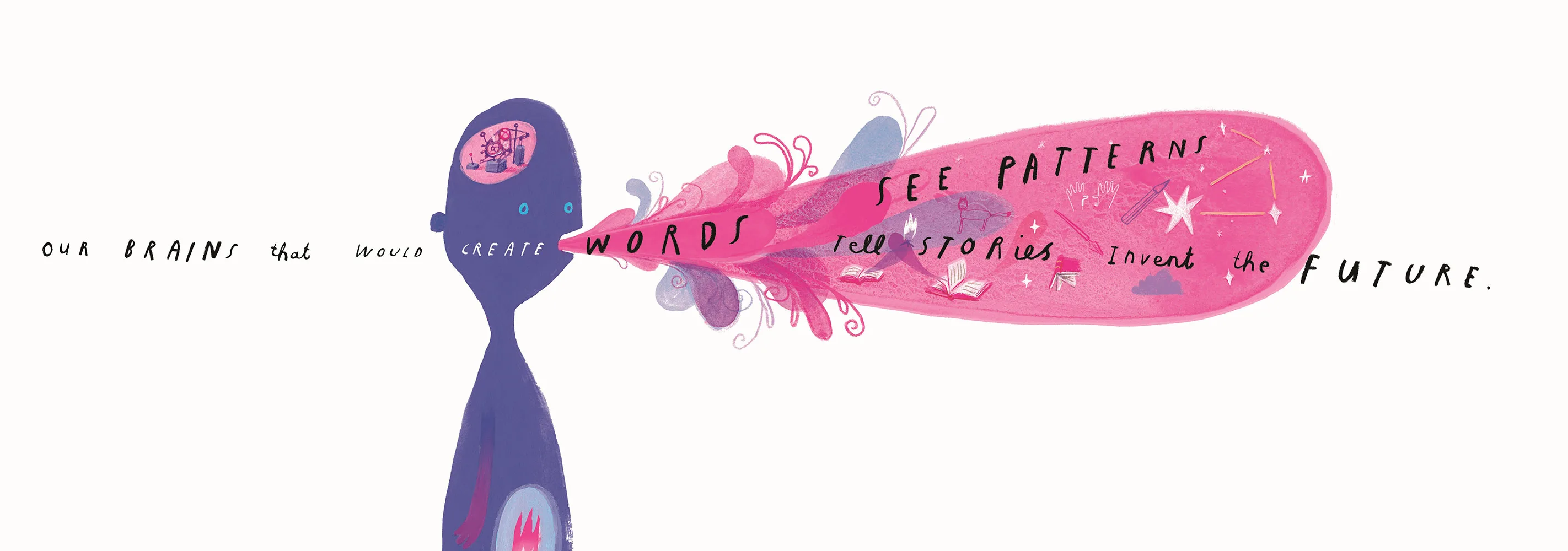
Something common in your body of work is childhood, and the emotions and experiences associated with it. How do your own memories and emotions influence your storytelling and artistic choices?
There’s the metric of why summers feel so much longer when you’re a kid versus when you’re an adult. I think it’s just that when you’re, say, six years old, one summer represents a much larger percentage of your life than when you’re 36 years old. The sense of time, the sense of closeness to the ground, completely informs the feeling of the world around you.
In a lot of my books, I try to catch the tail end of the very mild understanding of how things work, but then with a lot of implied imagination on top of that, just where everything is slightly magical and you’re not fully aware yet of the potential evils, failures and negatives that are associated. There’s just this wonderful, bubbling, magical hope about everything that I try to rein in into my books as much as possible.
Do you think this influences the way children are drawn to tales of exploration, of journeys of adventure and discovery?
I haven’t really thought about it like that, but there’s probably a lot of truth in that. Children feel tiny in a very large world, even though they have no idea how actually large it is, or how actually small. It’s the idea of exploring, of going to the bottom of the sea, the top of a mountain or the deep jungle, but from the comfort of their own bed, their own parent’s arms. There’s danger and magic in a comfortably safe way.
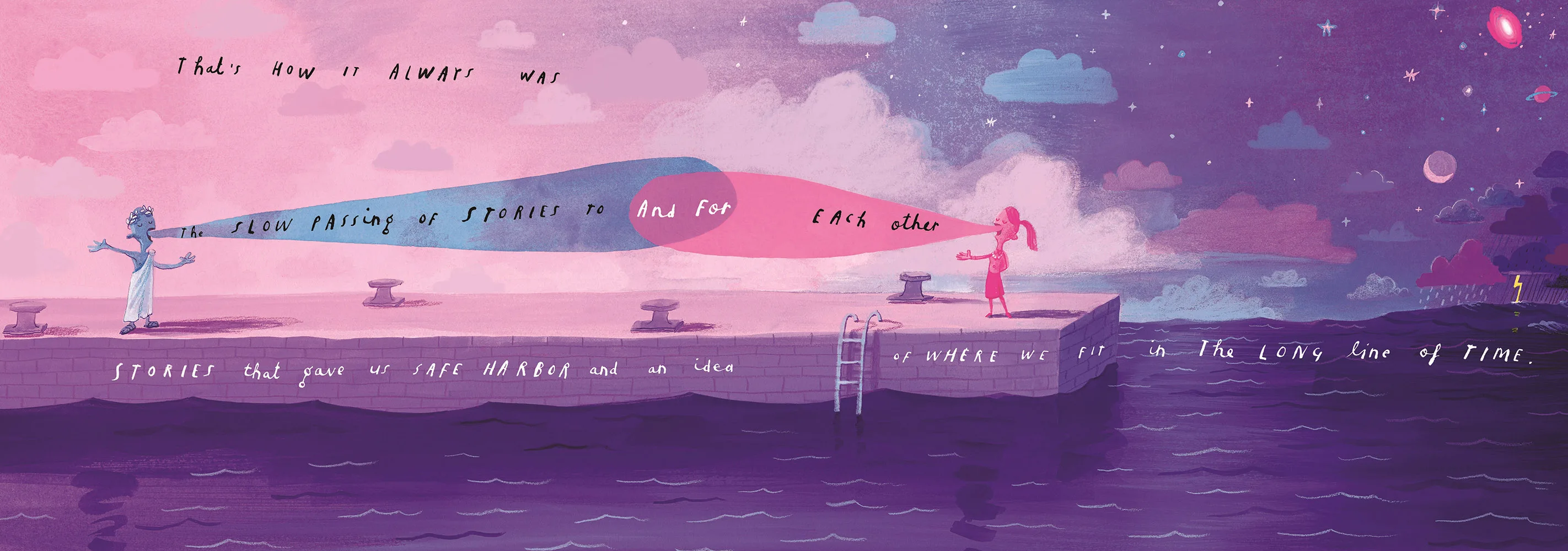
Your book The Heart and the Bottle addresses complex emotions like grief and loss, navigating them in a way that’s accessible and even comforting for children. Do you find you use literature as a way to address difficult situations in your own life?
I’ve used both art and literature as a way of dealing with some situations. And what’s interesting about The Heart and the Bottle in particular is there were a lot of parents and adults who got really upset emotionally reading that book. Kids never did. They didn’t see the fear and the negativity that comes with being a responsible adult in a frightening world, so there wasn’t this projection of negativity from children. Having completely understood it, they realised what was happening. This is a part of storytelling and communication. There’s a lot about the way in which I process events, emotions and the world around me through books and the paintings that I do.
For you, how does an idea become a book? Can you walk us through the process?
There’s a certain process that comes in at a certain point, but when thoughts become books there’s not really a process for that. Sometimes I think of a feeling that I want to explore, and that becomes a book. Sometimes I make a single drawing, recognise the potential, and then I play and explore in that, and a book comes out of it. That’s how The Incredible Book Eating Boy came about – a simple drawing I saw potential in.
Sometimes books are written almost in a stream of consciousness style, in one go. That’s the way it was with The Fate of Fausto. With Here We Are it was a letter. So there’s no set way. And sometimes it’s like, “I wanna have a book that feels kind of like this,” and then it’s a bit more exploratory, just trial and error, sketching and seeing what it might look like. It’s also being willing to abandon an idea when it’s not presenting itself naturally to you anymore. That’s why it’s a good thing to go back and look through sketchbooks, a bunch of half-completed, or half incomplete, ideas, and see how you feel about them a number of months or years later.
It’s the idea of exploring, of going to the bottom of the sea, the top of a mountain or the deep jungle, but from the comfort of their own bed, their own parent’s arms. There’s danger and magic in a comfortably safe way.
Many of your books touch on environmental themes, such as The Fate of Fausto. How do you believe children’s literature can contribute to raising awareness about environmental issues and inspiring positive change?
Having been asked once, “what would you say to someone who wants to become a climate artist”, I said, “Don’t be.” What I meant by that was: make art about things that you feel deeply about rather than trying to make posters selling something to someone who’s uninterested.
I think The Fate of Fausto works because it’s not necessarily a book about climate, it’s also a book about greed, and it’s a very understandable, readable story about somebody who is completely oblivious to their own context. Applying that to a real-life scenario you can see how this is a book about climate, but I do think that it’s in the art, it’s in kids’ books where you’re making art about feelings, about core narratives where, rather than hitting somebody in the head with “owning too much stuff is bad” or “burning fossil fuels is bad” – people just check out. But if it’s in a much more engaging story that’s actually sort of about the same thing, without the strong moralistic lesson, it’s just gonna be so much more powerful. Lay out the ingredients and let somebody put it together in their own head.
Your upcoming book Begin Again follows humankind on its journey through history. How do you feel storytelling has shaped humanity?
I think it’s been probably the most potent force of change, of development, for humanity. Everything has always been a story, from the first laws to the first legends that we made up about our ancestors and the gods, and our origins and constellations. We’ve always been gathering together and cooperating because we believe in a shared story. We are a story-driven species, even down to the way that you think about yourself and your reputation and your own purpose in the world; it’s a story that you tell yourself. Stories are, I think, at the absolute core of who any one person is and how our species navigates.
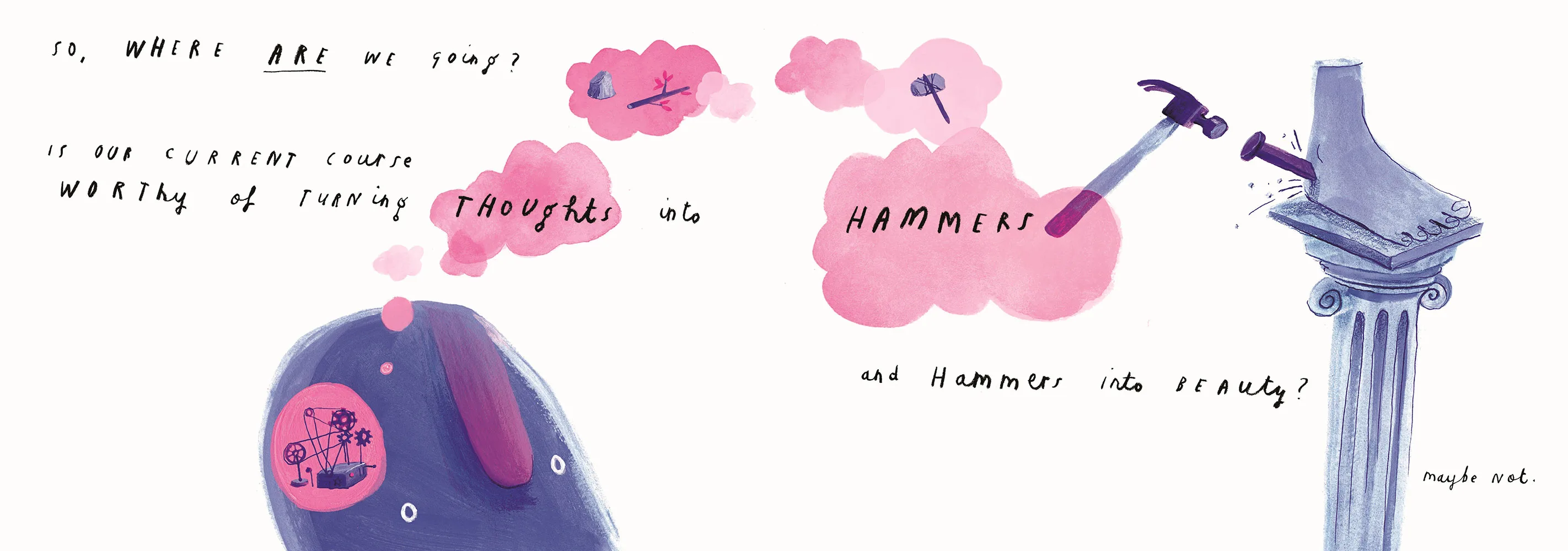
Begin Again also stresses the importance of community and working together. How do we start building a story as a community that’s different from the one we’ve built so far?
I think the story that we’ve been all getting behind for the last century or so is that it’s all about you. It’s the age of self, it’s “your vote matters”, and how you spend your money matters. While all of that is true, we’ve also been disillusioned that we actually don’t matter when it comes to the collective story at large. Why do I feel so left out, why do I not seem to be able to effect change?
In that sense of isolation, we’ve lost hope and a sense of perspective on what it is we actually want. We want each other. All the things that we think that we want, we actually want because we want each other. You say to somebody, “what is it that you want?”, and they might say “fame” or “money” or a list of objects, but why do you want all of this stuff? So that other people will love you, so they think you’re cool, you’re powerful? I think we need to reshape the story away from “it’s all about me” to “I actually feel better about my existence in the world when I know how I fit into the collective.” There’s a long and ancient truth to that, and I think we have to remember that.
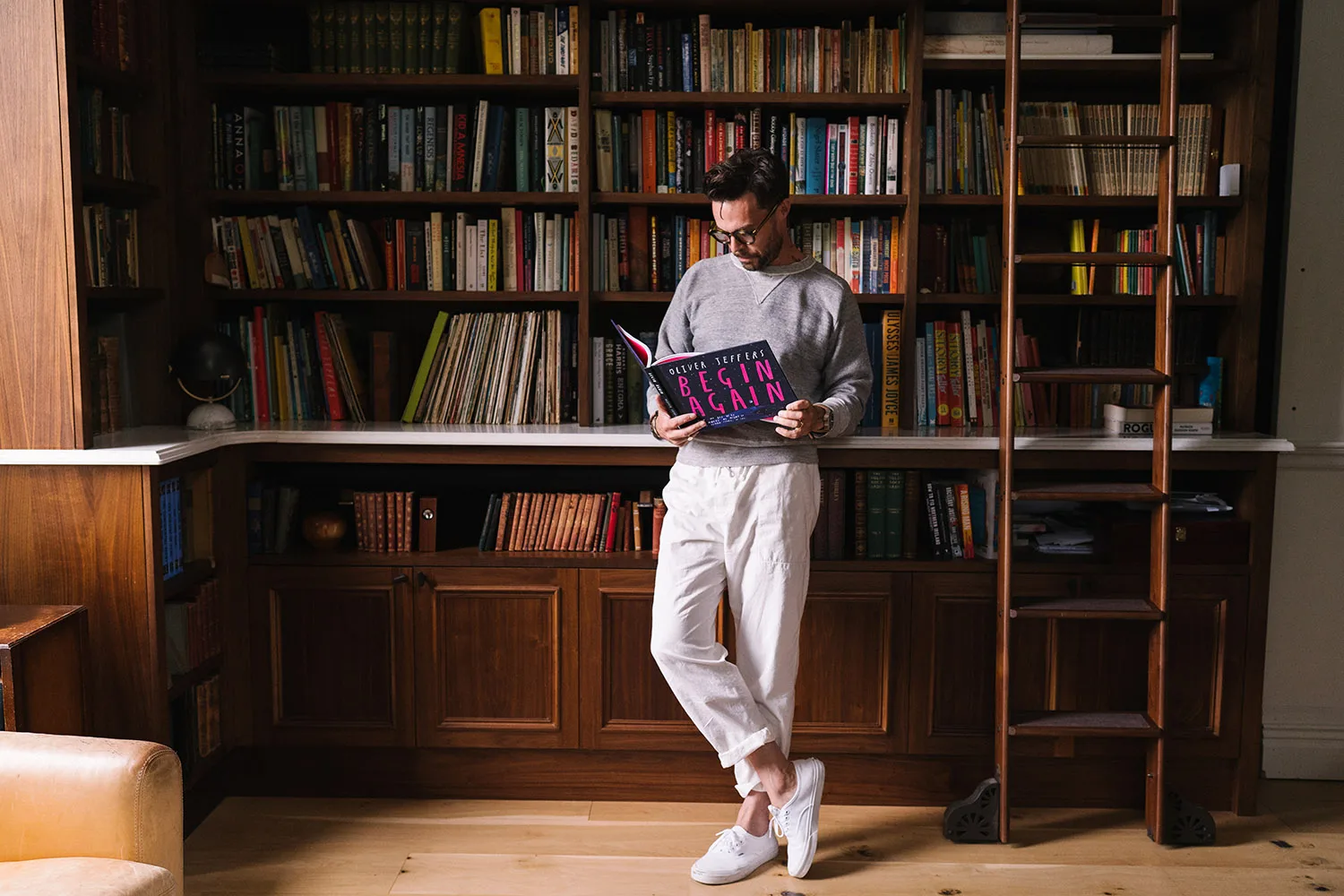
[Photo credit: Yasmina Cowan]
There’s a particularly powerful quote in Begin Again: “The kings of our castles on our islands of isolation admired by strangers”. It’s a reflection on how technology has detached us from our communities, from one another. Yet the book ended on a positive note. Are you hopeful that this current state will improve?
I am. I think we’re in a bit of a digital Dark Age right now, where we’re recognising that the old and semi-old stories of how we govern ourselves don’t really fit anymore. And what we’ve been told that we want, we don’t actually want. It’s not so much technology, but think about the lives of people on social media. Who is any of it for? Technology has sort of accentuated it, but it began before that. The idea of advertising and “keeping up with the Joneses”, you being in competition with your neighbour. That’s a community where we feel isolated, and we feel paranoid or we get angry or sad.
Why am I hopeful? We’re all starting to recognise that there’s a turbulence right now where something needs to change. I think the change that needs to happen is a lot more simple than a lot of people fear. There is enough to go around. What we ultimately want is each other, just knowing where you fit in, knowing what your purpose is, and knowing that you’ve got community and safety. Those things should be easily accomplished on a global level.

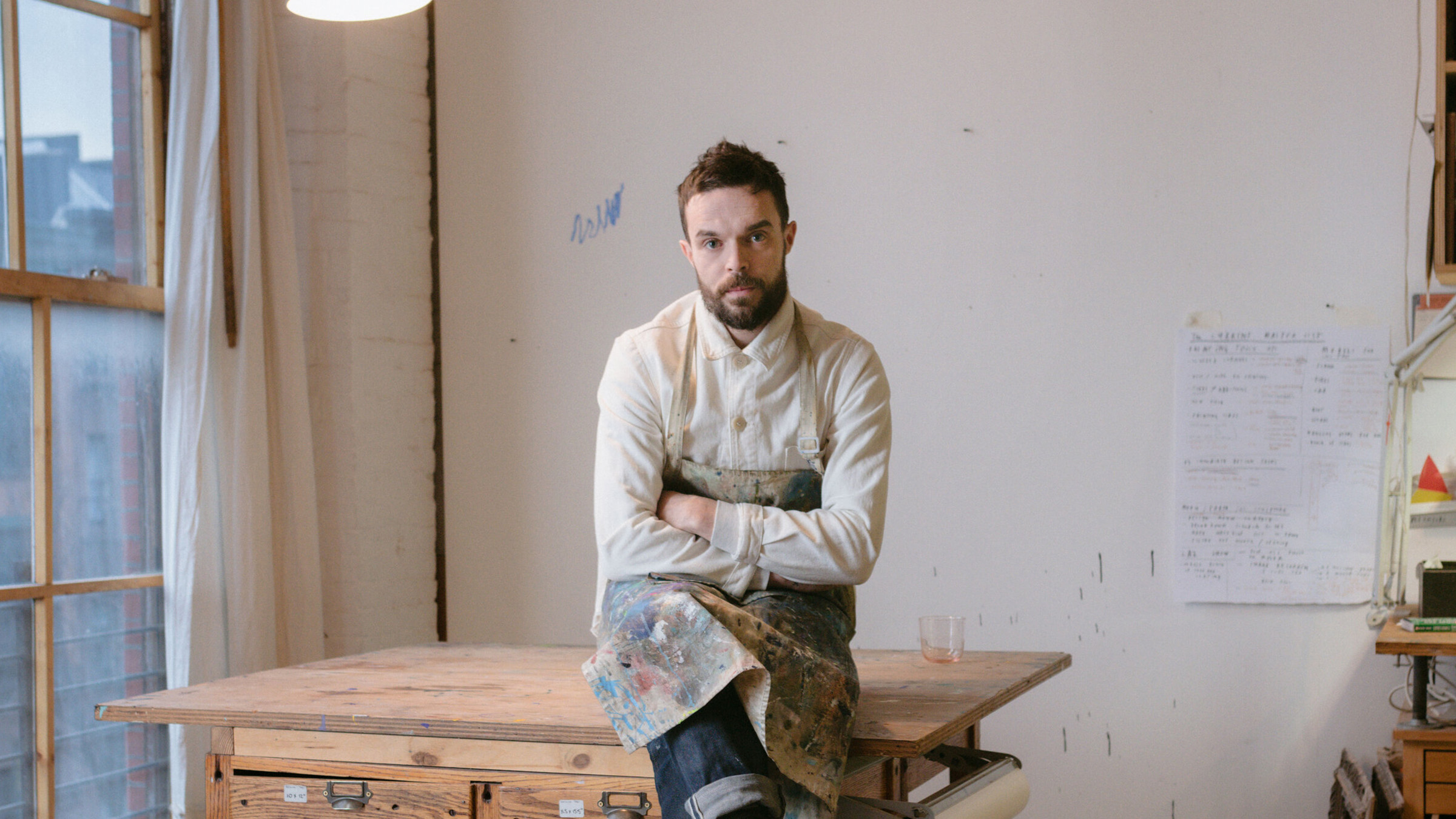
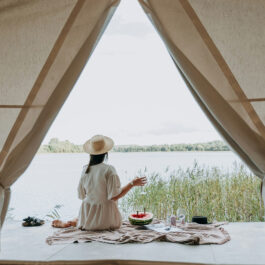
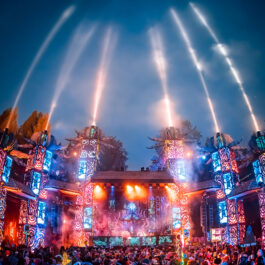


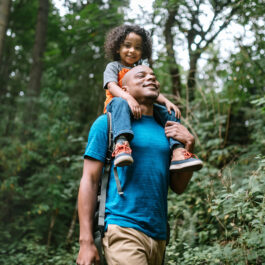
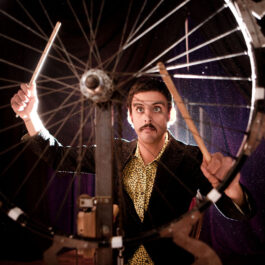
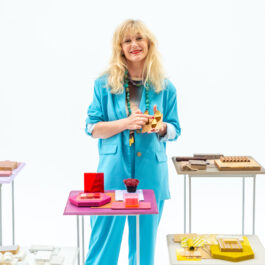
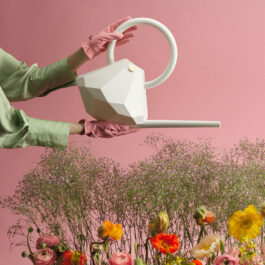
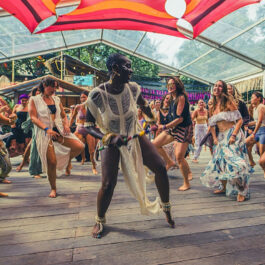
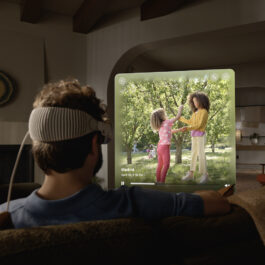

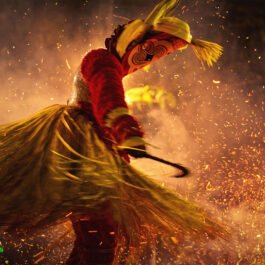
Sorry, the comment form is closed at this time.